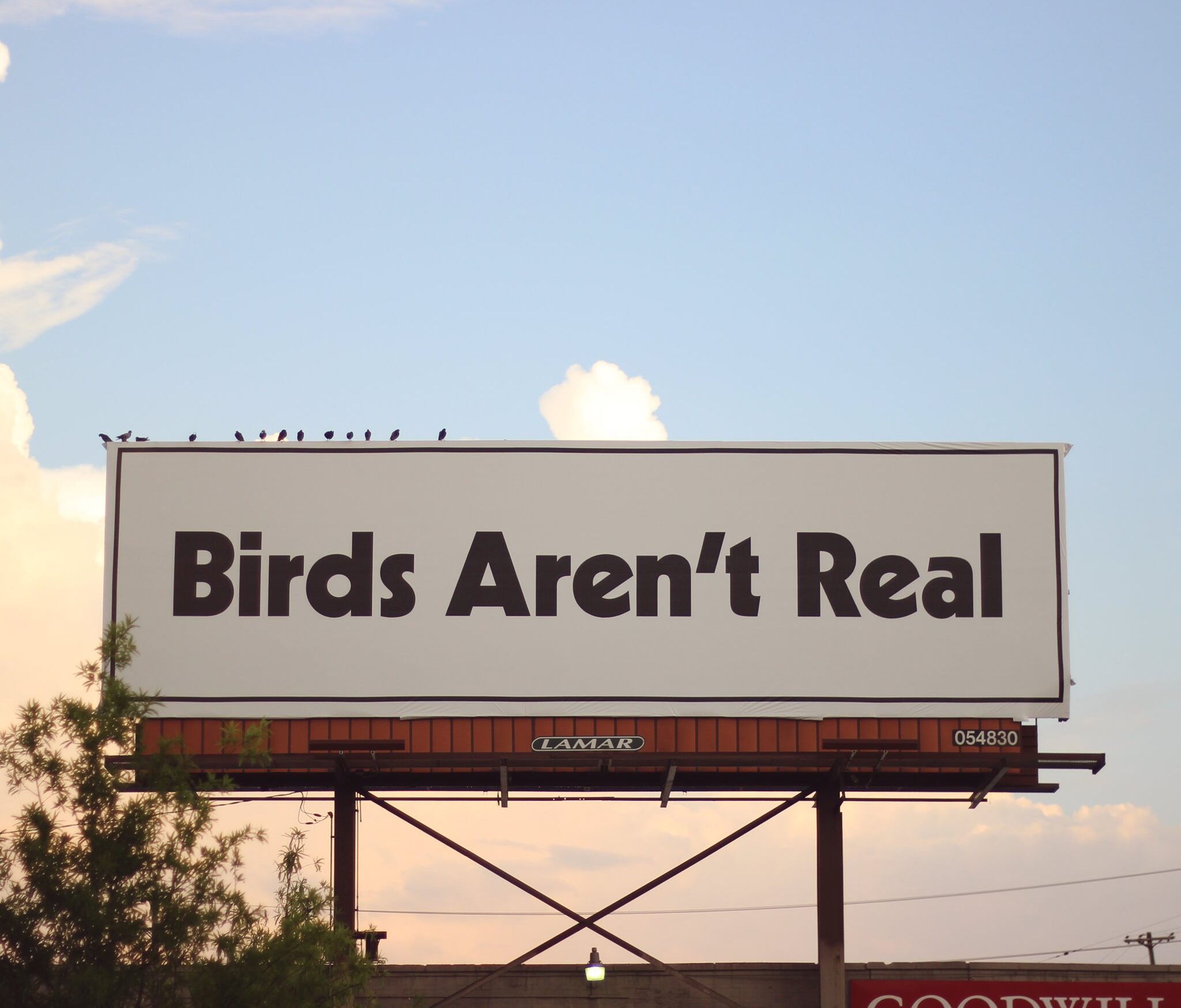
Scenic Tennessee
Support Us
Your gift makes a difference.
Get our latest news and updates.
Contact Scenic Tennessee
45 Burris Court
Mount Juliet, TN 37122
(615) 294.-651 margedavis@scenictennessee.org
Fighting Billboard Blight in Tennessee
Scenic Tennessee is the leading advocate for safe and scenic Tennessee roadways free from signage clutter. Learn more about our successes in fighting billboard blight across the state.
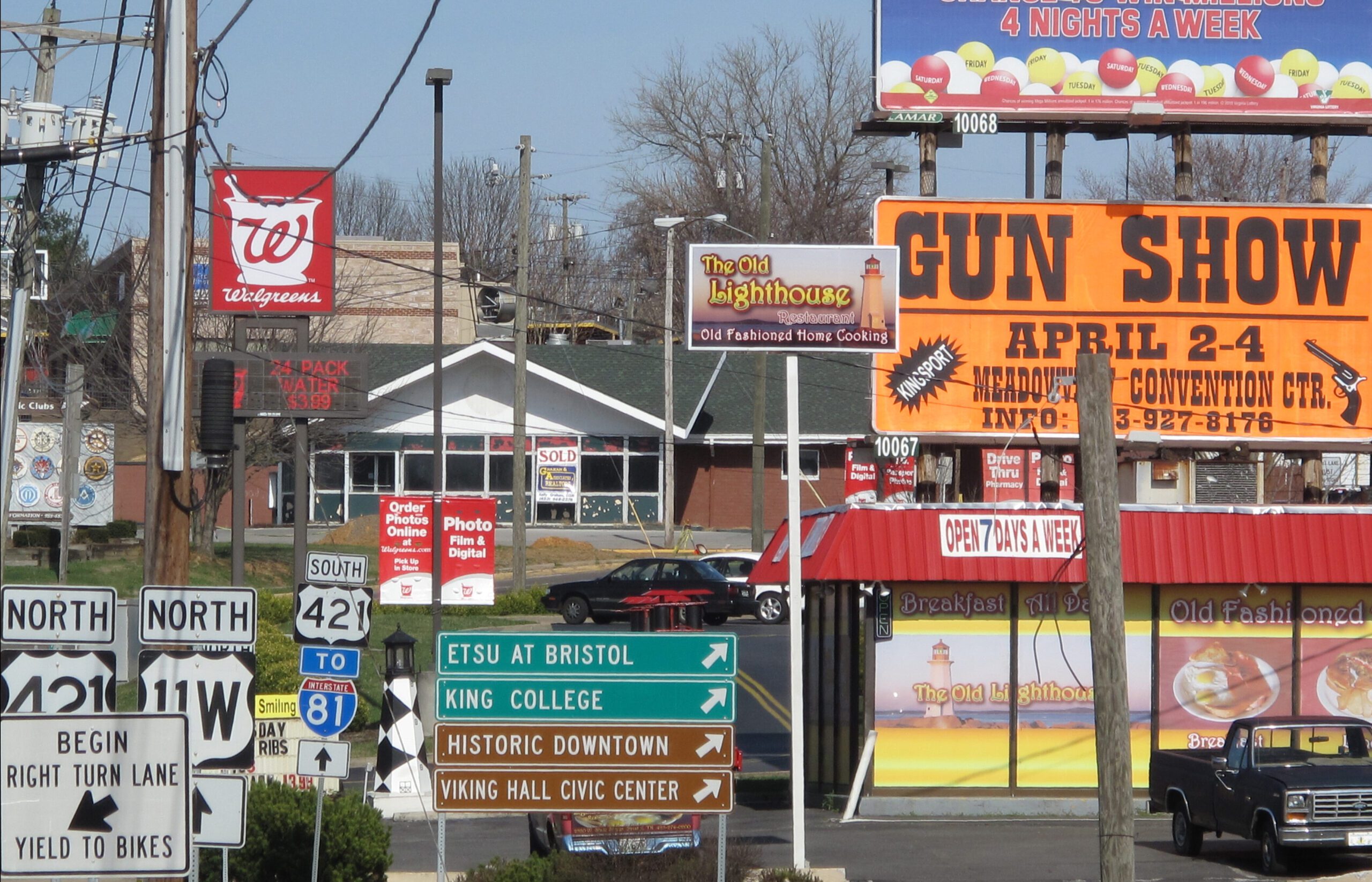
Advocates help hit the brakes on digital billboard bill
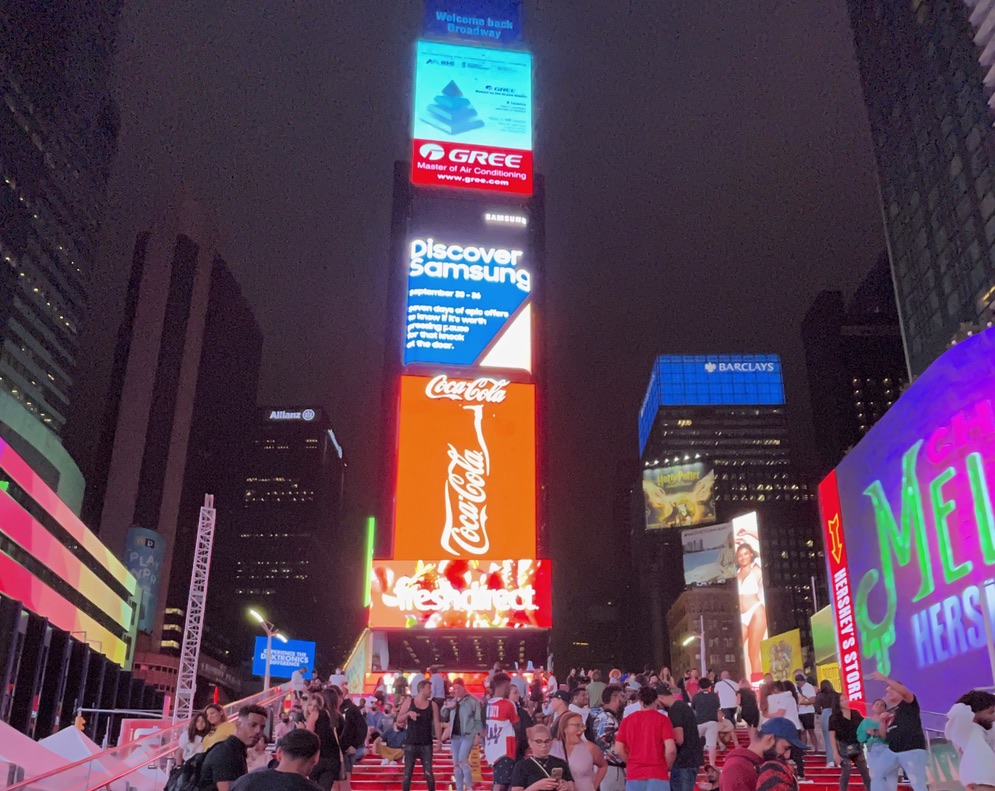
In Tennessee, the decision to allow super-bright,
changeable message displays should be left to local communities.
March 2022: Tennessee legislators have declined to act on a bill that would have opened the door to many more digital billboards in towns and cities across the state. SB1760/HB1651 would have required municipalities to allow “current structural and illumination technologies” when lawful nonconforming (grandfathered) billboards in their jurisdiction were built or rebuilt. This measure would effectively have given sign companies blanket permission, in perpetuity, to convert static billboards to LED changeable message displays, a technology that increases distracted driving, exacerbates light pollution and almost certainly impacts adjacent residential property values. In addition, and perhaps of even greater concern, is that the mandate would undermine a longstanding tradition of local control over community character and appearance. The Tennessee Municipal League presented its concerns in two papers:
- Description of Bill & Summary of Municipal Concerns
- Detailed Explanation of Effects on Municipalities
The bill at first seemed headed for easy passage, but once opponents understood the implications of the legislation and began to organize, the bill began to stall. On March 8, 2022, the bill’s Senate sponsor asked that SB1760 be sent to a general subcommittee, while on March 10, the House sponsor asked that HB1651 be “held on the clerk’s desk.” Both actions effectively mean the bill is dead for this year. A similar version could, of course, return in a future legislative session, but if it does it will meet with similar objections.
This was a rare but important victory for scenic advocates, and it would not have been possible without the work of our allies within the Tennessee Municipal League, Tennessee Conservation Voters, Scenic Knoxville and Scenic America, as well as—or perhaps above all—the hundreds of citizens who wrote, called, emailed and met personally with their legislators.
The path to Tennessee’s rewritten billboard act
After fourteen years of legal challenges, including nine months with no enforcement authority whatever, Tennessee’s billboard control program returned to functioning if still-shifting ground in June 2020.
That month, legislators approved extensive revisions to the Billboard Regulation and Control Act of 1972 (as well as related sections of the scenic highways act). On June 22, Gov. Bill Lee signed what is now known as the Outdoor Advertising Control Act of 2020.
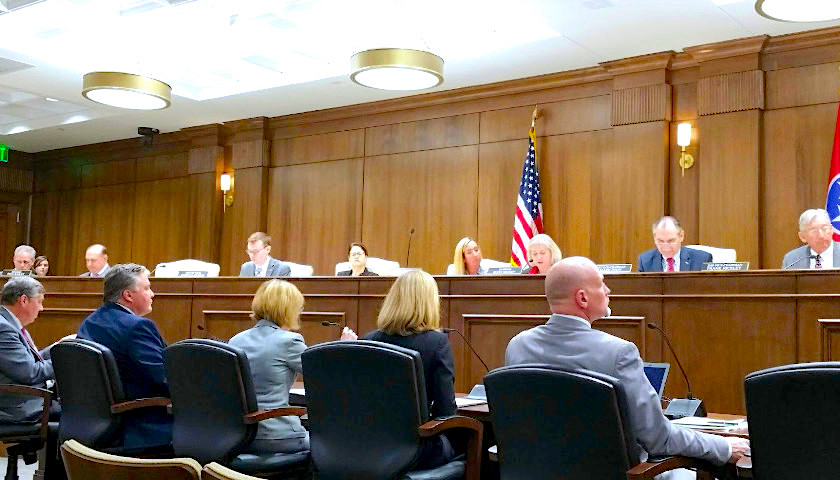
The rewrite was triggered by two federal court rulings in the case known as Thomas v Bright (initially Thomas v Schroer)—the first in U.S. District Court in 2017, the other in the Sixth Circuit Court of Appeals in 2019—in which a provision known as the “on-premises exception” was found to be content-based and thus a violation of the First Amendment. With the entire statute thus rendered unconstitutional, Tennessee’s Department of Transportation had no choice but to suspend its billboard program while legislators worked with TDOT, the sign industry and other stakeholders to come up with an acceptable fix to the 48-year-old law.
The version proposed by TDOT was narrow, targeting the free-speech problem while leaving the bulk of the statute intact. The industry bill, on the other hand, contained a grab-bag of unrelated changes, from extending the vegetation cutting zone, to finessing the definition of “visible,” to allowing the rebuilding of nonconforming signs destroyed by wind, natural disaster or other “act[s] of God.”
Fortunately, as the two sides inched toward a compromise, many of the add-ons were deleted. And though the process was tense at times, transportation committee leaders made a real effort to be even-handed and to hear from other voices, including Scenic Tennessee and Scenic Knoxville, advised as always by friends in the scenic community.
In the end, as with all compromises, the final legislation contained both disappointments and victories:
- The act now defines “on-premises” signs strictly in terms of location and compensation. It now refers to a sign located within 50 feet of the facility (or entrance to the facility) that owns or operates it, on the same parcel of land/side of the highway, and (key point)for which no compensation is received. This revision avoids free-speech conflicts but will almost certainly result in more billboards.
- The act now allows for more digital billboards by stipulating that the 2,000-ft. digital spacing requirement now applies only when signs face in the same direction and are on the same side of the highway. Because non-digital spacing is 1,000 ft., presumably this means two digitals can be 1,000 ft. apart, as long as they face in opposite directions.
- The act deletes the so-called “18-month rule” created in 1983 after TDOT changed the statewide spacing minimum from 500 ft. to 1,000 ft. Signs built under the old rule (“original conforming”) were allowed to remain, but once they came down, that location normally was off-limits to newcomers. However, in a concession to advertisers in the four biggest cities, TDOT ruled that, when an original conforming sign was retired in Memphis, Nashville, Knoxville or Chattanooga, that spot would remain available for 18 months.
- The act now has a severability clause, meaning if a provision is found to be unconstitutional or otherwise unenforceable, the rest of the program can continue without it.
- The act relaxes restrictions on rebuilding a damaged nonconforming sign. In the earlier law, if a sign lost more than 50% of its supporting structure, it was deemed “destroyed” and had to come down. The new law boosts the threshold to 60% for wooden signs, and adds a threshold of 30% for metal ones.
- Perhaps of greatest concern is the fact that the new act strips the program of much of its enforcement teeth, including a host of rules that were added (with industry support) in 2008. For instance, failure to comply is no longer a Class C misdemeanor but a civil infraction, akin to running a red light. Penalties are capped at $5,000 a year. And scofflaws are given unprecedented leeway to contest rulings they disagree with. Net effect: bad actors will now find it easier to erect, maintain and defend their illegal signs.
The final step in rewriting Tennessee’s billboard act is writing new rules and regulations and holding public hearings on these. As of February 2022 TDOT had held two rounds of rulemaking hearings; Scenic Tennessee submitted comments to both. We’re not sure if there will be a third hearing. To see the rules as they stand currently, visit TDOT’s outdoor advertising page.
| A Timeline of Thomas | |
| 2006 | Billboard operator and attorney William Thomas applies for a permit to erect a billboard on vacant property he owns near I-40 in Memphis. TDOT denies the permit, in part because the activity to be advertised (a car dealership) isn’t located on the same property as the sign and so doesn’t qualify for an “on-premises exception.” |
| 2007 | Thomas builds the sign anyway. TDOT sues in state chancery court. |
| 2013 | Thomas sues TDOT in the US District Court for the Western District of Tennessee. |
| 2016 | Scenic Tennessee, Scenic Knoxville, Scenic America and 11 other entities support TDOT as amici curiae (friends of the court). |
| 2017 | District Court Judge Jon Phipps McCalla rules that, because regulators must read Thomas’ sign in order to determine if the business or activity it promotes meets the requirements for the on-premises exception, the regulation is content-based in violation of the First Amendment. Moreover, because the exception cannot be “severed” from the rest of the law, the entire billboard act is unconstitutional. |
| 2018 | Tennessee appeals McCalla’s decision to the U.S. Court of Appeals for the Sixth Circuit. |
| Sept 11, 2019 | The Sixth Circuit upholds the district court’s opinion, 3-0. TDOT suspends its billboard control program while the House and Senate transportation committees are tasked with rewriting the statute. |
| Winter-Spring 2020 | TDOT and the billboard industry file competing bills; legislators meet regularly with various stakeholders in search of a compromise bill. |
| April 3, 2020 | Tennessee files a “writ of certiorari,” asking the U.S. Supreme Court to hear the Thomas case. |
| June 22, 2020 | Gov. Bill Lee signs SB2188/HB2255, the compromise bill that passed unanimously in the House (June 4) and Senate (June 11). TDOT prepares to reactivate the billboard program. |
| July 9, 2020 | SCOTUS denies Tennessee’s petition to hear the Thomas case. |
